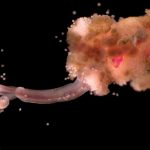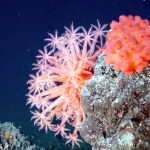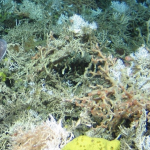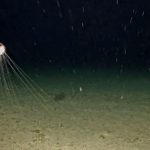Source: NPR
Author: Lauren Sommer
Deep in the Pacific Ocean, six-foot-long Humboldt squid are known for being aggressive, cannibalistic and, according to new research, good communicators.
Continue reading Deep Sea Squid Communicate by Glowing Like E-Readers










